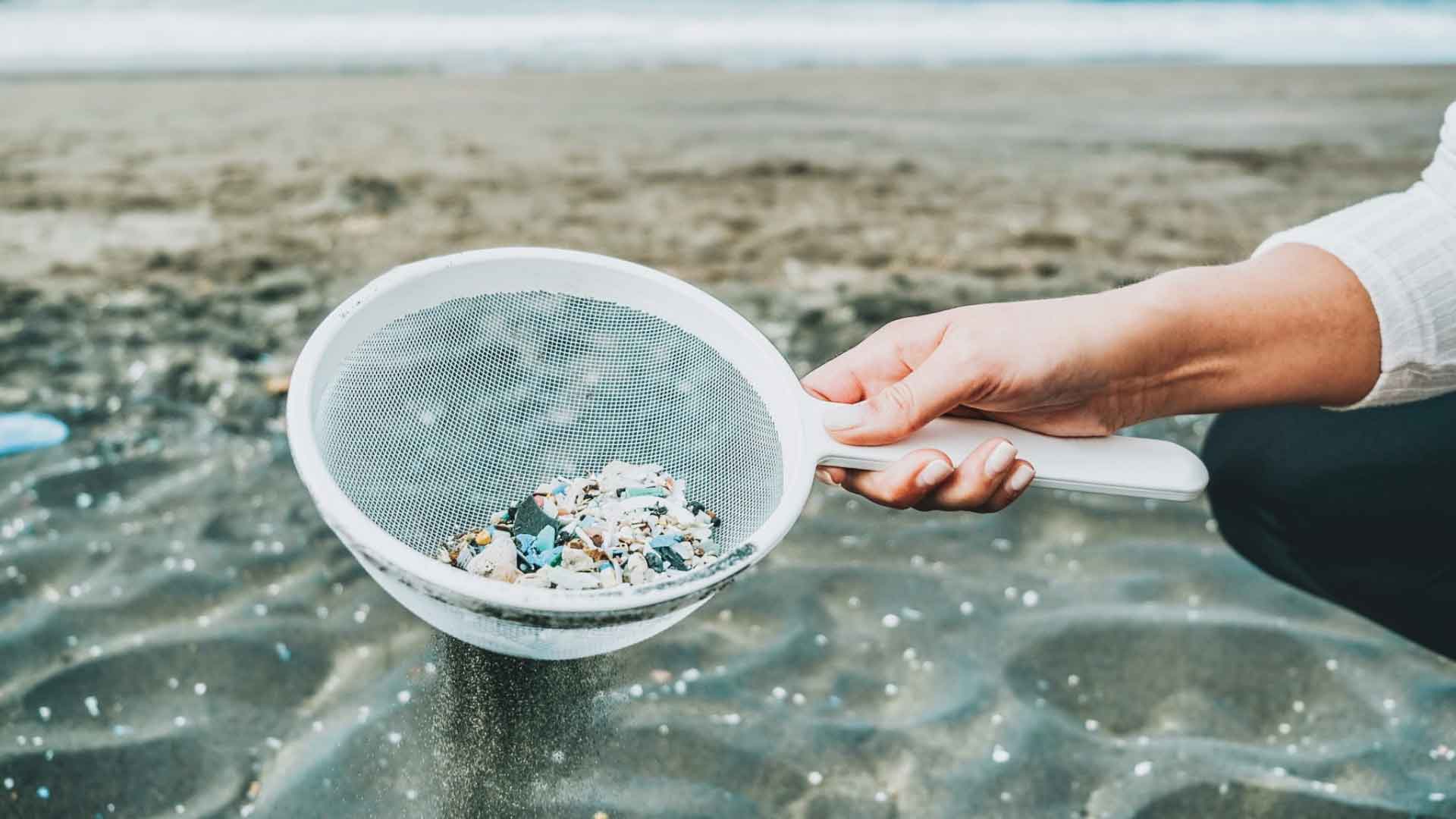Microplastics and plastic pollution are growing issues of concern for the health of our planet. These tiny pollutants threaten our water, wastewater, and ultimately our health. Every day more microplastics are added to our waters and wastewater. Many works examine the impact of these harmful microplastics in the marine environment, yet neglect that similar problems are too encountered in freshwater systems and wastewater treatment plants — the sources of these marine microplastics.
Microplastics in Water and Wastewater from IWA Publishing covers this often-ignored area of research, containing chapters on the presence of microplastics in the human water cycle and how they reach marine ecosystems even after wastewater undergoes treatment, the effects expected from such transport, and the need for a global plastic strategy. Numbers and facts from the literature as well as the author’s own experiences are presented in a clear, informative way to help the reader understand the key points of this pressing issue.
The topic of microplastics in freshwater systems and wastewater has scarcely been studied and requires attention; with a growing interest in microplastics from within the scientific community, this title aims rectify this oversight. This publication examines evidence of the microplastics’ presence in freshwater such as rivers and lakes, and hazardous chemicals associated with microplastics in these systems. Later chapters discuss the presence of microplastics in wastewater, their sources, their transfer through a wastewater treatment plant, their concentration in effluents throughout the world, and their distribution and effects on the surrounding environment of effluent wastewater pipes. The presence of microplastics in sewage sludge and in soils irrigated with wastewater or fertilized with sludge, as well as the possible effects on plants and human health are also discussed. A concluding chapter goes into the need for plastics strategies.
Microplastics in Water and Wastewater [2nd Ed.] is available to purchase on the IWA Publishing website, and now includes a comprehensive study guide which contains a study plan, assessment exercises and activities.
“All in all, the book is recommended for researchers and policymakers in the fields of environmental chemistry, civil engineering, city planning, waste management and toxicology. Furthermore, it is also worthwhile for those who are concerned about the effects of microplastics on biota and on humans.”
Picture: iStockPhoto


